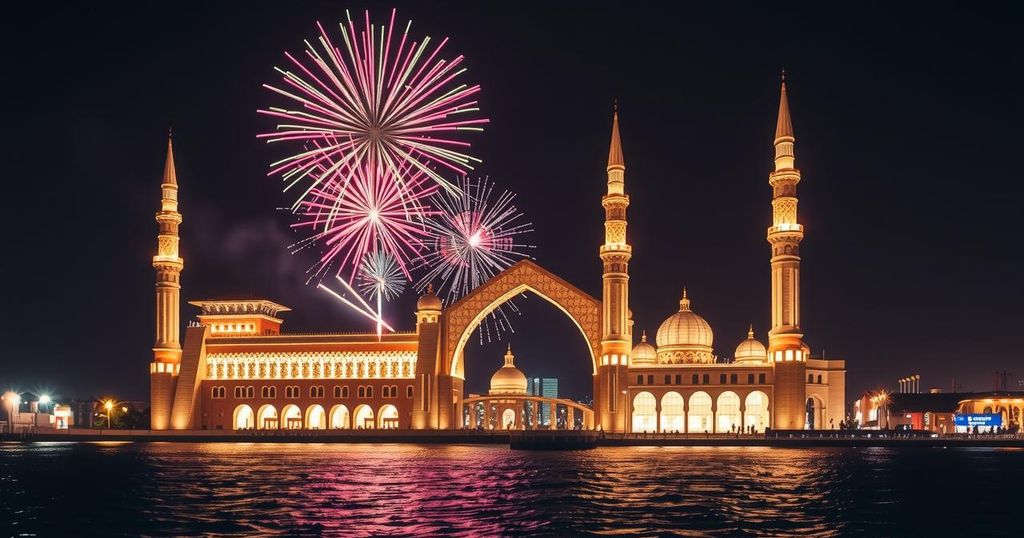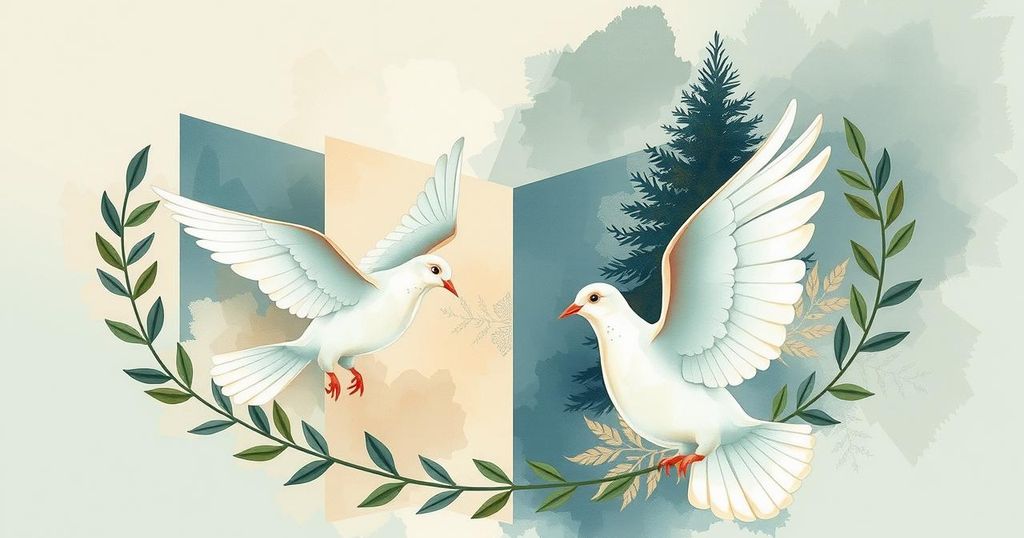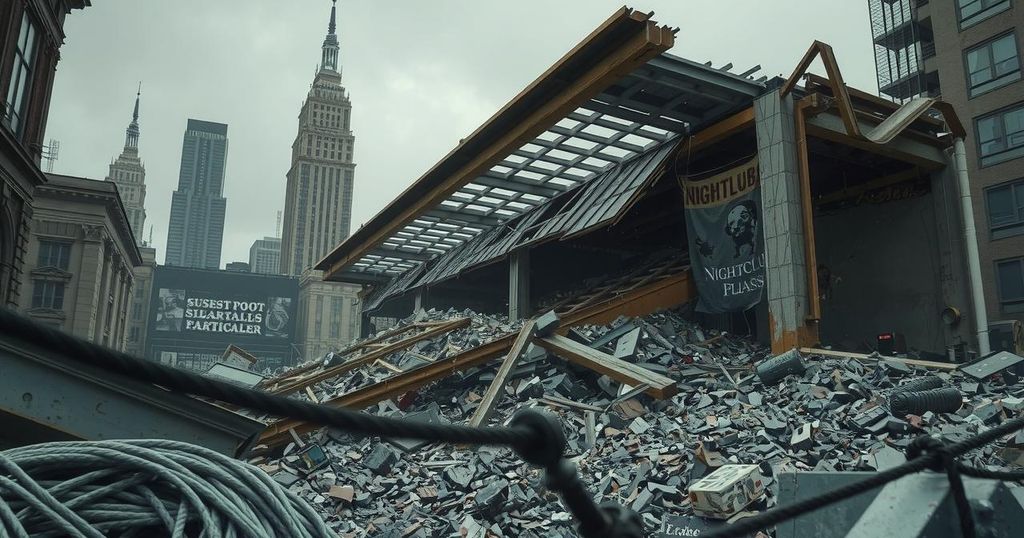Middle East Welcomes 2025 with Mixed Emotions: Hope and Despair
As 2025 began, Syrians in Damascus expressed hope for renewal following the fall of Bashar Assad’s regime, while Lebanese residents cautiously acknowledged ongoing instability and conflict. In Gaza, however, despair prevailed as many faced the aftermath of a devastating year. This article captures the contrasting moods of anticipation and grief across the Middle East as individuals reflect on their hopes and fears for the new year.
As the new year dawned across the region, the streets of Damascus were alive with anticipation, as many Syrians viewed 2025 as a symbol of renewed hope following the recent political upheaval that ousted Bashar Assad’s government. In stark contrast, the atmosphere along Beirut’s Mediterranean waterfront was subdued, characterized by careful optimism among residents who are still grappling with the lingering impacts of war and ongoing crises.
In Gaza, where the devastating conflict of 2024 had deeply scarred lives and resulted in severe loss of life and property, residents expressed grave concerns about the future. The recent experiences of calamity and hardship had left many Palestinians feeling despondent and resigned, as they faced another year marked by devastation.
Syrians like Abir Homsi voiced their aspirations for lasting peace and communal harmony, anticipating a resurgence of social cohesion that transcends sectarian divides. “We will return to how we once were, when people loved each other,” she expressed in hopes of a reconciliatory future. However, voices of sorrow mingled with aspirations, as individuals like Abdulrahman al-Habib, who was searching for missing relatives, echoed the sentiment that while the new year might bring change, it also served as a reminder of the painful past.
Lebanon’s situation is somewhat improved, with a fragile ceasefire curbing conflict between Israel and Hezbollah, allowing families to cautiously resume a semblance of normalcy. Nevertheless, the pervasive sense of instability lingers, as Youssef Haddad remarked on the hope for recovery from the socio-economic despair that has gripped the nation for years. Meanwhile, thousands displaced in southern Lebanon continued to suffer the aftereffects of conflict, with individuals like Mohammad expressing trepidation over unresolved challenges and awaiting the implications of the ceasefire on their lives.
The plight of Palestinians in Gaza remains dire, as countless homes were lost during the conflicts. Voices of despair are prevalent, with individuals such as Nour Abu Obaid articulating her harrowing experience of loss, highlighting the bleak prospect for optimism this coming year. Ismail Salih, too, lamented the extensive destruction faced by Gazans and yearned for peace to facilitate the process of rebuilding lives.
The new year presents a paradox of hope and despair across the Middle East, complicated by historical struggles and anticipation for a better future. As communities strive for renewal amid ongoing challenges, the varied responses reflect a complex tapestry of human resilience and vulnerability in the face of adversity.
The article delves into the sentiments of individuals across the Middle East as they navigate the dawn of 2025 amidst significant upheaval. It highlights the contrasting experiences of Syrians in Damascus, who express hope after recent political changes, against the somber realities faced by residents of Beirut working towards stability post-conflict, and the ongoing struggles in Gaza inflicted by war. The narrative reflects on the aspirations and painful memories that define the regional landscape, exploring the intertwining themes of hope, loss, and the yearning for peace in a historically conflict-ridden area.
In conclusion, the onset of the new year in the Middle East is marked by a tapestry of emotions ranging from cautious optimism to profound despair. While some nations, like Syria and Lebanon, are experiencing tentative movements towards healing and reconstruction following strife, the situation in Gaza reflects deep-rooted challenges and ongoing suffering. Ultimately, the hope for peace and a better future resonates throughout the region, accompanied by reminders of the painful past that complicate such aspirations.
Original Source: www.pbs.org




Post Comment